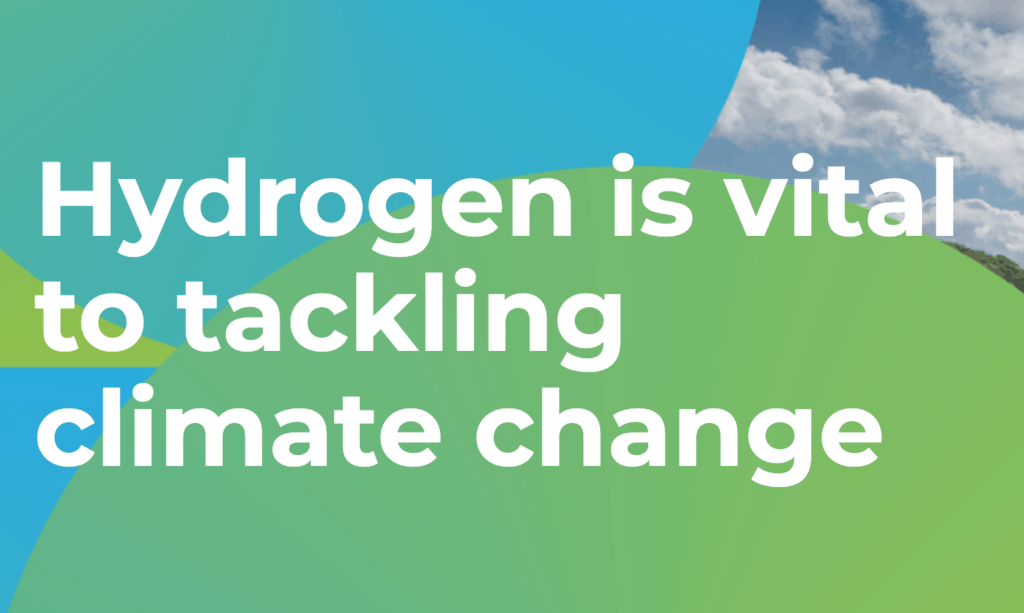HyDeploy Hydrogen Pilot – A Success
Winlaton in Gateshead was the first area to receive a hydrogen blend through the public natural gas network. The project started in August 2021 and ran for ten months. During this period, some 668 homes, a school, several small businesses and a church all ran on natural gas, which was blended with 20% hydrogen. The purpose was to assess the possibility of reducing our reliance on fossil fuels for heating.
The result: Success!
This trailblazing project has been declared a success by Northern Gas Networks. The method of blending hydrogen into the gas network is thought to be a relatively simple way to get the ball rolling as we make a shift towards hydrogen and move away from fossil fuels. There was no need to change customers’ domestic appliances or installations. The 20% hydrogen blend simply worked with existing systems and appliances, which before the test period ran on 100% natural gas.
The findings will be submitted to the government later this year. The results will help with the decision around the wider hydrogen blending in the UK gas network.

Before Winlaton.
Before the project in Winlaton, which involved a relatively large number of homes, there was an experiment at Keel university, which represented the very first trial of its kind as the university has its own gas network, the campus is small compared to a town, and the university has an excellent reputation for research and testing. Needless to say, this success paved the way for the project in Winlaton.
Why blend Hydrogen?
Significant environmental benefits can be achieved through blending hydrogen, which is low carbon, with natural gas – a fossil fuel. Carbon reductions from blending hydrogen is equal to removing 2.5 million cars off the road.

What is HyDeploy:
Hydeploy is an energy trial looking at blending hydrogen into the gas network with the objective of lowering carbon emissions to help achieve Net Zero by 2050. To reach Net Zero, we need to reduce the average household’s Co2 emissions by a huge 95%. Transitioning to lowe carbon alternatives like hydrogen with minimum delay will give us the best chance of reaching Net Zero by 2050 and help avoid the worst impacts of climate change.
What is Net Zero?
Net Zero means reducing greenhouse gas emissions (also known as carbon footprint) to as close to zero as possible, with any remaining emissions reabsorbed into the atmosphere. The term is very important as it’s where global warming stops. It’s generally considered that in order to stop the worst climate change damage, carbon dioxide emissions must fall by around 45% from 2010 levels by 2030, in which case we should be on course for net zero by around 2050, as long as constant and driving improvements and changes are made.
Charlton & Jenrick Gas Fires:
Many of our gas fires are approved for blended hydrogen use. These include those in the Paragon range, such as Paragon 2000, Paragon One Evolution, Paragon Focus and Core. In the Infinity range, these include the 600,780 and 890. You can learn more about our range of gas fires here.








